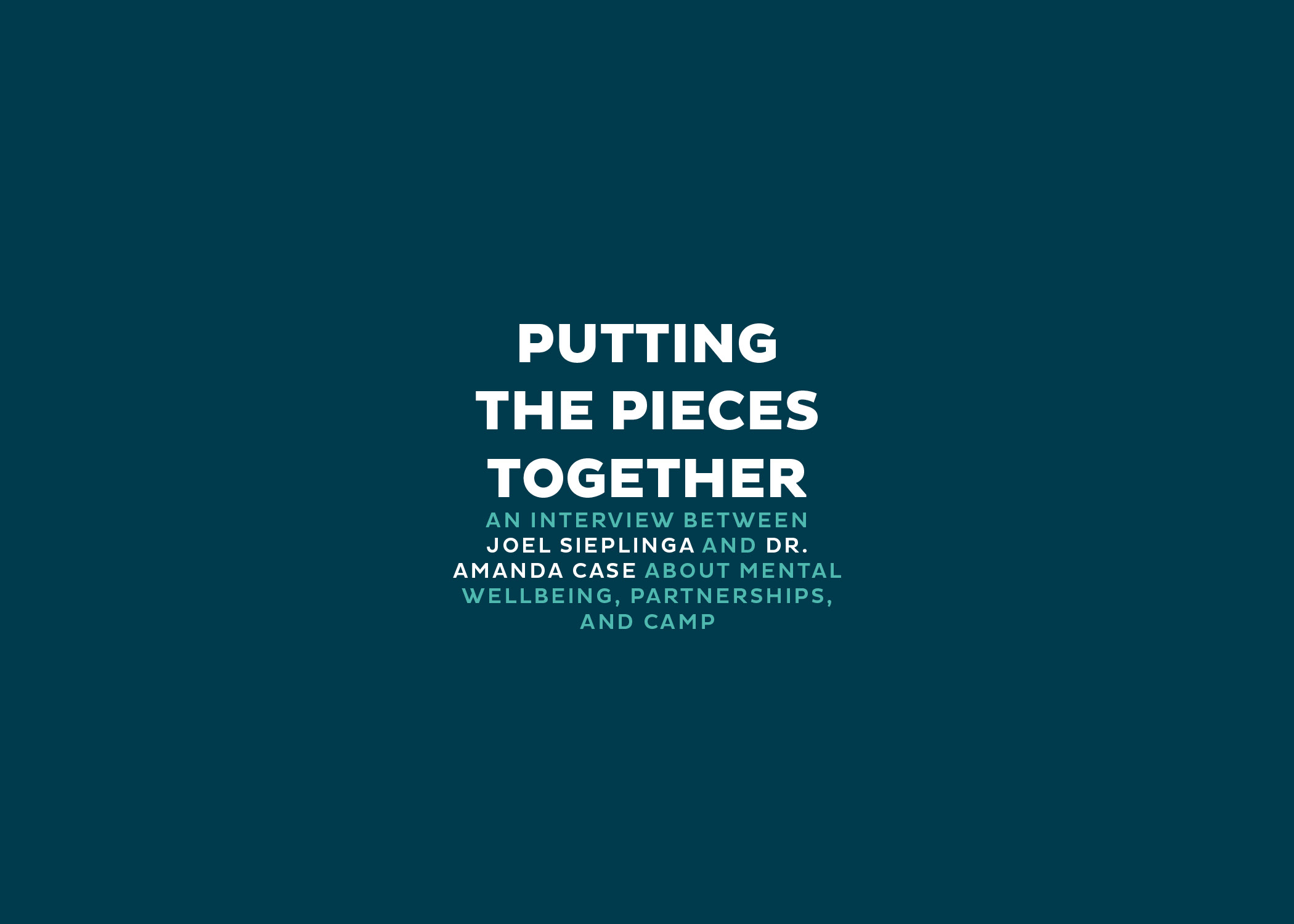The following article is an abbreviated version of the conversation which can be heard in its entirety here:
.
In the Summer of 2019, Camp partnered with Purdue University doctoral students for additional mental health and wellbeing guidance and care for our summer staff. We have had four successful summers of collaboration. As we focus even more on mental wellbeing through our new Strategic Plan and Vision, Joel Sieplinga and Dr. Amanda Case got together at Brokerage in West Lafayette to catch up. *This article was edited from the original transcript for clarity.
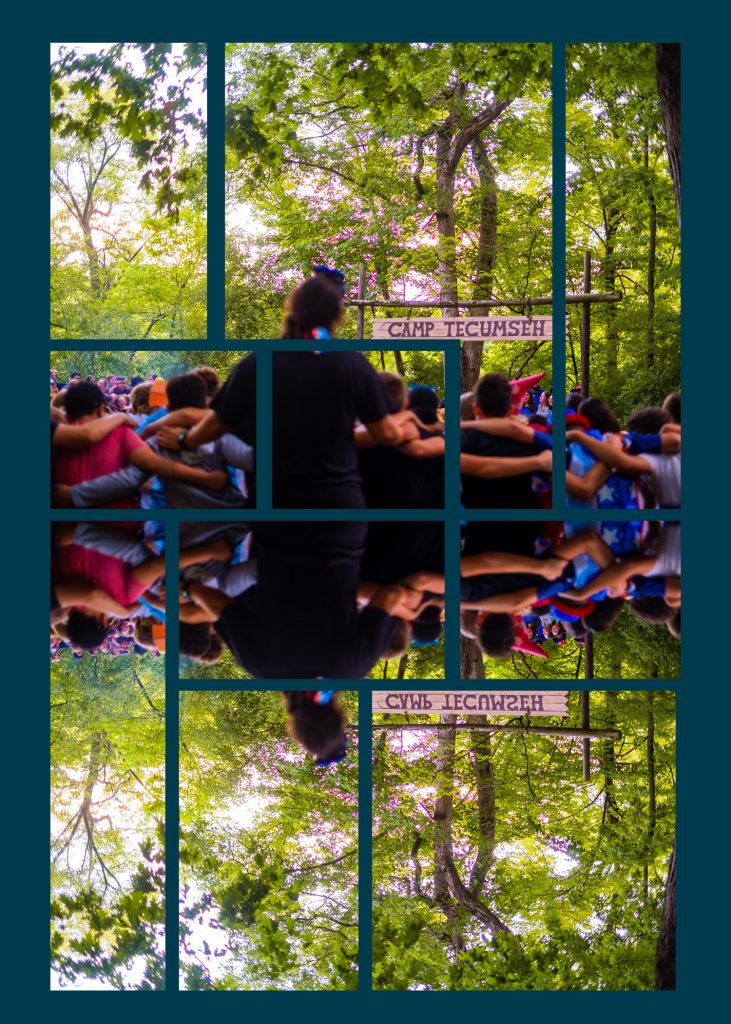
Joel: So I think just starting out, maybe tell us a little bit about your history, background, areas of expertise, all of that.
Dr. Case: I’m currently an associate professor at Purdue in the counseling psychology program. So I’m a faculty member, but I’m also a licensed psychologist. And when I used to do clinical work, I specialized in youth and adolescent mental health treatment and also assessment. So the little kids and sort of angsty teenagers were my favorite kids to work with.
As a faculty member, I spend most of my time training future psychologists, but then also doing research. And I’m particularly interested in youth wellbeing, broadly speaking, and thinking about what I call informal educational spaces. So that’s things like afterschool programs and summer camps, and how those spaces can support youth wellbeing.
Joel: So there’s a wide range of areas to specialize in, what got you interested in that one especially?
Dr. Case: So I think part of it was a little bit of frustration, honestly, that there’s so much attention on formal educational systems and that’s great and well-deserved, but it’s also a little bit of a consequence of the fact that in this country in particular, almost all conversations about youth wellbeing, they talk about families, but everything else is about schools.
And so there’s a real sort of overburdening of school systems to support youth wellbeing in a way that’s not manageable, right? We can’t have any single entity be responsible for the academic, social, emotional health, physical development of kids. It’s just not feasible. And I think what results in that is a formal education system that doesn’t have the flexibility to be able to be responsive to youth needs.
And so that frustration led me to really think about what are the other points of contact, right? There’s a ton of people doing work about schools. There’s a lot of people doing amazing, beautiful work about families. There’s beautiful work done about informal educational spaces, but not quite as much of that sort of domain of the youth development ecosystem.
Joel: Right. It reminds me of when Starbucks was started, their idea was we’re going to become the third place, right? There’s home and work and Starbucks, where people connect and socialize and things like that. And you know, (these out of school spaces) are kind of the third place for kids, right?
It reminds me that we discovered in 2020 how much we relied on the school system to be everything for everyone, right? It’s child care, it’s education, it’s nutrition, it’s health and wellbeing of people.
I think in schools there are certain kids who are very comfortable, and it’s a natural place for them. And then there’s another segment of kids whose defenses are already up coming into school.
And school does not feel like a safe, happy, or welcoming space for them, even in the best of circumstances.
Dr. Case: Right. There are, for a lot of kids, times when formal education settings are just not a place where they feel affirmed and welcomed and seen. And what’s beautiful about these informal learning spaces is that, because they sometimes grow from community needs, they can be more culturally affirming to students. And because they’re not so rigid or they don’t have to be so rigid, there are ways that youth can sort of recognize their potential that maybe isn’t what is reinforced in formal schools.
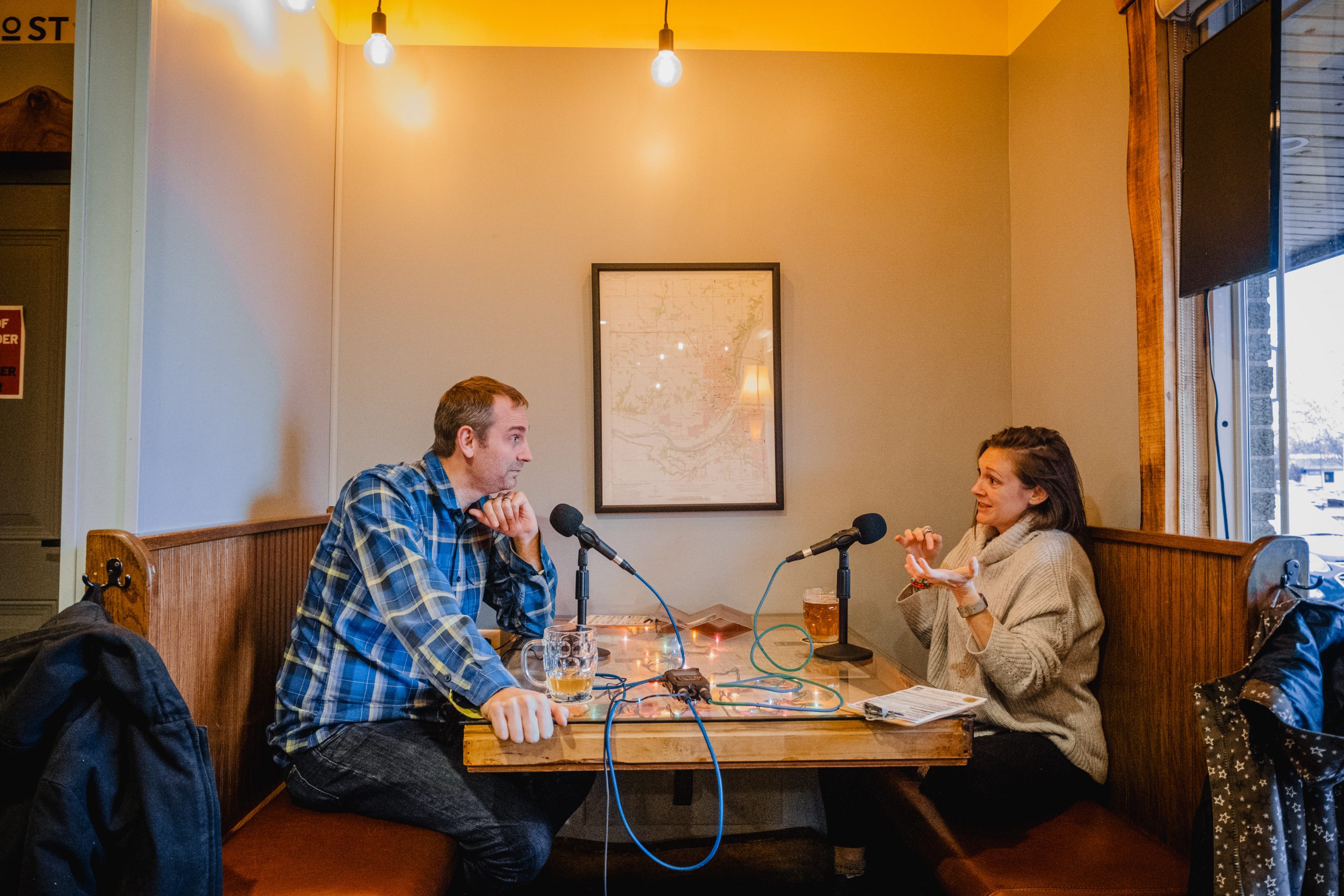
Joel: So you have a bit of camp history.
Dr. Case: My mom was a music education teacher, before she was a kindergarten teacher, so a music background. And my family was quite musical. So I went to a bunch of music camps when I was growing up, and those were spaces where it did what I think, frankly, the outdoors does for a lot of people, which is it takes you out of your comfort zone and out of your routine and puts you in a place where you get to experiment in different ways and you get to realize things about yourself that you hadn’t previously realized.
And so my camp experiences were really about being quite anxious, about being in these new experiences and spaces and figuring out that I could be there, I could be happy there, I could be successful there, all those things.
Joel:Which camps, do you remember?
Dr. Case: So I grew up in Michigan, so I went to Blue Lake.
Joel: I was wondering about that because I was born, and for the first couple years lived, at Camp Pendalouan, which is on Big Blue Lake, like 10 minutes down the road from Blue Lake Fine Arts Camp. So we’re probably not not too far from each other at certain points.
Dr. Case: Yeah, I had, like, this beautiful experience at Blue Lake. I went to Interlochen for a year as well. But Blue Lake had this international band that you could try out for, and I played the saxophone.
And so the summer between my ninth grade year and my 10th grade year, I went to Europe playing the saxophone with this band. I mean, it was cool, you know? I didn’t grow up in a family that did a lot of international travel. So it was actually my first time going to Europe and it was this huge opportunity and it was all through summer camp.
Joel: Good. So then fast forwarding a little bit. I think it was, I want to say 2018, one of our staff basically kind of went through a big list of different professors at Purdue.
Because we’d started to say, I think we need some help. We can’t just do this and I’ll talk about what this is, but we can’t just do this on our own. We need some help here. And you are one of the first people we called.
Dr. Case: Well, I do a lot of partnership work because the whole idea of academics – sitting in an ivory tower – and just thinking about things and not actually talking to the humans who are doing the work, this makes no sense to me. So I love doing partnerships and I have a long history of doing partnerships.
And so when it was like, here’s a group that was so clear in those initial conversations that you all were like, “We’ve tried to figure this out on our own. We know that we need to figure out a way to provide more support for our counselors.” I don’t know, just the attitude that you were all going into it with was like, these are people who I want to work with, right?
Joel: I think one of the reasons we were interested in talking with people about it is, I wouldn’t look at a kid with a broken leg and say, “You know what, let me Google that. We could probably figure that out on our own.”
I think as nonprofits and as camp people we’re really more apt to say, let me see if I can figure that out, and not bring in the experts.
We had tried some things with varying success, but we were trying to do it as laypeople, as people who have no background. We’re like, why are we doing that when we have experts here who have devoted their life to this study? And they could be really helpful to us.
Dr. Case: That was a brave move for you all to say, okay, here’s a need. We’ve tried it. We need help. And it’s a move that I don’t think a lot of organizations make.
What was it that allowed you to do that?
Joel: Yeah, I think it was a combination of things. I think it was 2018, this is pre-pandemic. We had increasingly seen more and more cases or instances where counselors had come to us and just said, I’m hurting right now or I’m struggling right now.
We had tried a number of different things with staff who were majoring in psychology, majoring in social work, and all of that. So maybe you go back to: they just need a pizza party. It’s not just they need a pizza party. They need something that we can’t provide. And I think it was just us coming together as staff and kind of looking around the room and saying, this is not going away any time soon.
And fast forward a couple of years, it’s certainly not going anywhere. The world is changing. If we don’t keep up, we’re not going to be able to support our counselors how they need to be supported and then in turn, support our campers how they need to be supported.
And I think I had said like, look, we’ve got Purdue University pretty close to us right here. Maybe there’s somebody there who could provide some insight.
Dr. Case: So, we had a conversation in 2018 and said, we don’t know what this is going to look like. Let’s give it a try for 2019. How do we make this both helpful and beneficial to camp, but also how can we make this something that’s going to be beneficial to those students?
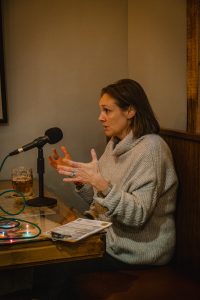
Joel: So maybe talk a little bit about what that original framework looked like and how we got there.
Dr. Case: There’s lots of work about counselor burnout. But, what does it look like to try and prevent burnout? What does it look like to support counselors? This is not something that’s been studied. And so we were just co-creating from the ground up. And I remember we spent a lot of time talking about what the services could look like.
I only work with doctoral students, so they’re training to be psychologists and they need practice. They actually are required to accrue a certain number of hours, and this seemed like this perfect opportunity for them to get experience doing what I would call therapy adjacent work. Because we don’t do therapy.
It’s not intended to be that, but it allows them to then have these sort of in-the-moment conversations to support people. And that just made so much sense. Because it’s beneficial for you all because you’re getting trained mental health practitioners, right?
And my students are getting this quite unique opportunity to actually do this therapy adjacent kind of work, which if it was up to me, is what more therapeutic work would look like, right? We’re bringing the services where the people are.
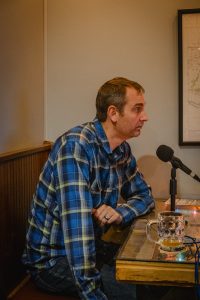
Sam (who was quietly recording this nearby): You’re working with college aged students all the time. How have you seen mental health and wellbeing change in the last number of years?
Dr. Case: One great thing is, quite frankly amongst this generation there’s a lot more attention to mental health, which is fantastic, right? And I say that with a caveat, which is that attention to mental health concerns not coupled with strategies for what to do about it or spaces for self reflection can actually kind of make things worse.
There’s actually been some really lovely research coming out about this exact issue that if we’re just exposing people to mental health challenges and we’re not actually giving them any tangible things to do to support themselves, that can make symptoms worse; feelings of isolation and hopelessness worse. So it is a good thing that there is more attention to mental health and people are more willing to talk about what they’re going through.
Joel: We don’t have enough practitioners who are helping. We don’t have enough tools in our tool belt.
Dr. Case: Right. We’re seeing lower frustration tolerance. So that is what you do when things don’t necessarily go your way when you face challenges related to perseverance, resistance. So we’re seeing lower levels of that where it almost feels as though people are giving up when they face challenges. And then related to that, definitely increased isolation and lower hopefulness.
So I totally agree with what you’re saying. It’s amazing that we’re paying more attention to this and how do we make sure that youth have the skills and the support to be able to simultaneously know that they are facing challenges, and if they are, figure out how to cope with it.
…
Want to support our ongoing program development? Learn more.

